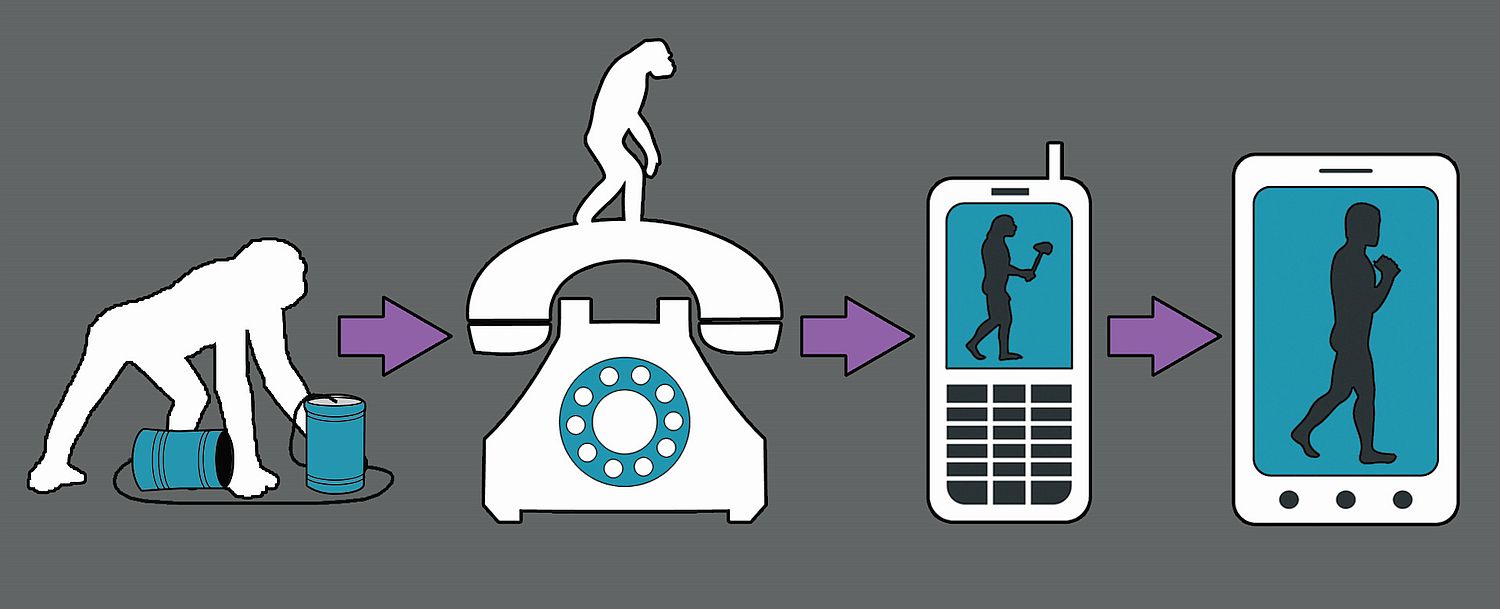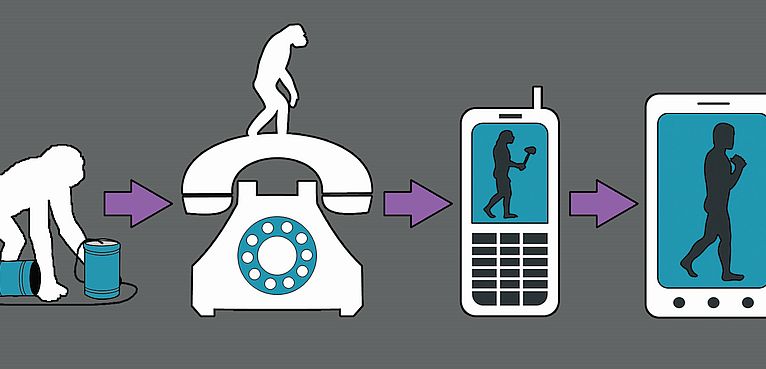
Drew Myers
Staff Writer
Ringing in it’s 139 year anniversary this March 7, is the telephone. The importance of this invention has had a changing effect on generations through the years.
According to Encyclopedia Britannica’s website, Alexander Graham Bell wanted to patent his idea for the telephone due to his interest in transmitting sounds which stemmed from his experience with deaf family members.
The first words Bell had ever produced over his new invention were summoning his assistant: “Mr. Watson—come here—I want to see you.”
For over 30 years, modern technology has developed Bell’s invention into devices beyond more than just a tunneled shaped transmitter of sound.
“Every generation has something to define them. As a society we push the envelope on technology and try to grow,” said Scott Hudson, Computer Network and System Technology Assistant Professor.
According to cbsnews.com, the first cell phone sold commercially was the Motorola DynaTAC of the mid 80s. It captivated consumers as the first handheld phone and was promoted for its lightness: weighing in at “only 30 ounces”.
The 90s generation saw a battle between Motorola and Nokia for dominance over a sleeker design, compared to previously bulkier models. In addition, the capabilities of cell phones grew upwards from the previously basic commands, by introducing many new functions not previously available to customers.
CBS News’ website also states that by the turn of the new millennium, technology took a vast jump forward. Companies like Palm and Blackberry took over the market with their early versions of the smartphone by offering services such as emailing, texting, and a web-based browser.
However, the largest technological advancement within phones in the past 10 years can still be seen within the hands of consumers today.
“The main boom of our generation would have to be with Apple, the introduction of the iPhone and iPad. At this point they made it cheaper and easier to, in essence, carry around a computer,” Hudson said.
In 2007, Apple introduced the first smartphone that acted as many devices instead of one. Consumers had, basically, a touchscreen portable computer, music player, and photo library in addition to the main calling function. Other companies such as Google, HTC, and Windows soon followed suit with their own versions.
Companies in this decade are expanding upon the thoughts of consumers to better improve current cell phones. This technological push is continuing rapidly without losing momentum.
“There is no stopping the increase in technology. Soon we’ll be seeing waterproof cell phones, see through cell phones made of Gorilla Glass, and larger phones that have folding screens. There are also universities developing wireless charging, where your phone doesn’t even need to be plugged in to charge,” Computer Information Systems Professor, Gene Robeen said.
Alexander Graham Bell may not be able to celebrate his birthday, but his advancements in communication continues to be present in shaping technology for the future.
To keep up with the latest developments in the technological world, or find out more about upcoming devices, visit www.wired.com.
Contact Drew at drmyers@lc.edu




